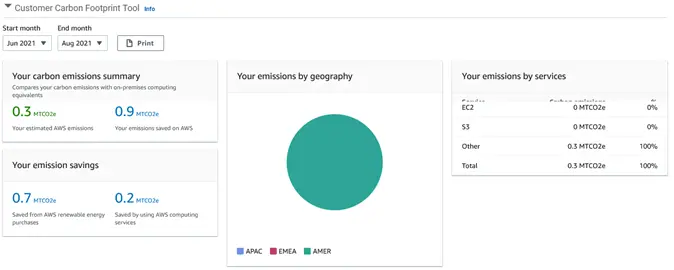Updated on: 11/04/2023

As the world becomes increasingly conscious about the impact of carbon emissions on the environment, and more corporations and SMEs pledge their commitment to achieving Net Zero, it is important to consider the role that websites play in contributing to these emissions. Websites consume energy, and this energy is largely generated through the burning of fossil fuels, which release carbon emissions into the atmosphere.
Reducing the carbon emissions of websites is an important step towards achieving a more sustainable future. By implementing strategies to optimize website design and development, using renewable energy sources to power servers, and encouraging users to adopt more sustainable practices, we can help to reduce the carbon footprint of the internet and contribute to a healthier planet for future generations.
Measuring the carbon footprint of a website
Measuring the carbon impact of a website is an important step in understanding its environmental footprint and identifying areas for improvement. There are several methods and tools available to measure the carbon impact of a website, including carbon calculators and carbon footprint analysis.
Carbon calculators are online tools that estimate the carbon emissions associated with the use of a website. These calculators typically require information such as the number of visitors to the website, the average time spent on the website, and the energy efficiency of the server hosting the website. Some carbon calculators also consider the location of the server, as the carbon intensity of electricity generation can vary by region.

By using tools such as carbon calculators and conducting carbon footprint analysis, website owners can understand the impact that their own website is having and take action to reduce their carbon footprint and contribute to a more sustainable future.
How to lower the carbon footprint of a website
Reducing the carbon emissions of websites can be achieved with various strategies. One of the most effective strategies is to optimize website design and development to ensure that it consumes less energy. This can be achieved through several measures, such as optimizing images and other media to reduce their file size, minimizing the use of unnecessary scripts and plugins, and using efficient coding practices to reduce server load and improve website performance.
Another important strategy is to use renewable energy sources to power the servers that host websites and apps. This can be achieved by working with web hosting providers that use renewable energy sources, or by investing in renewable energy sources such as solar or wind power to power servers.
In addition, reducing the carbon emissions of websites can also be achieved by encouraging users to adopt more sustainable practices when using the internet. This can include encouraging users to use low-energy devices, such as laptops or tablets, rather than energy-intensive desktop computers, and to use energy saving settings on these devices.
The commercial benefits of low carbon websites
Reducing the carbon emissions of your website can provide several commercial benefits, including:
- Cost savings: One of the main benefits of reducing the carbon emissions of your website is cost savings. By optimizing your website and reducing its carbon footprint, you can reduce your energy consumption and lower your operating costs.
- Competitive advantage: As more and more consumers become environmentally conscious, businesses that demonstrate their commitment to sustainability are more likely to gain a competitive advantage in the market. By reducing the carbon emissions of your website, you can position your business as environmentally responsible and attract customers who value sustainability.
- Improved reputation: Reducing the carbon emissions of your website can also enhance your company's reputation as a socially responsible organization. This can help to improve customer loyalty and attract new customers who share your values.
- Compliance with regulations: As governments around the world continue to introduce new regulations aimed at reducing carbon emissions, businesses that fail to comply with these regulations may face penalties and reputational damage. By reducing the carbon emissions of your website, you can ensure that your business remains compliant with current and future regulations.
Reducing the carbon emissions of your website can provide significant commercial benefits, including cost savings, competitive advantage, improved reputation, and compliance with regulations. By taking steps to reduce your website's carbon footprint, you can demonstrate your commitment to sustainability and position your business for long-term success.







